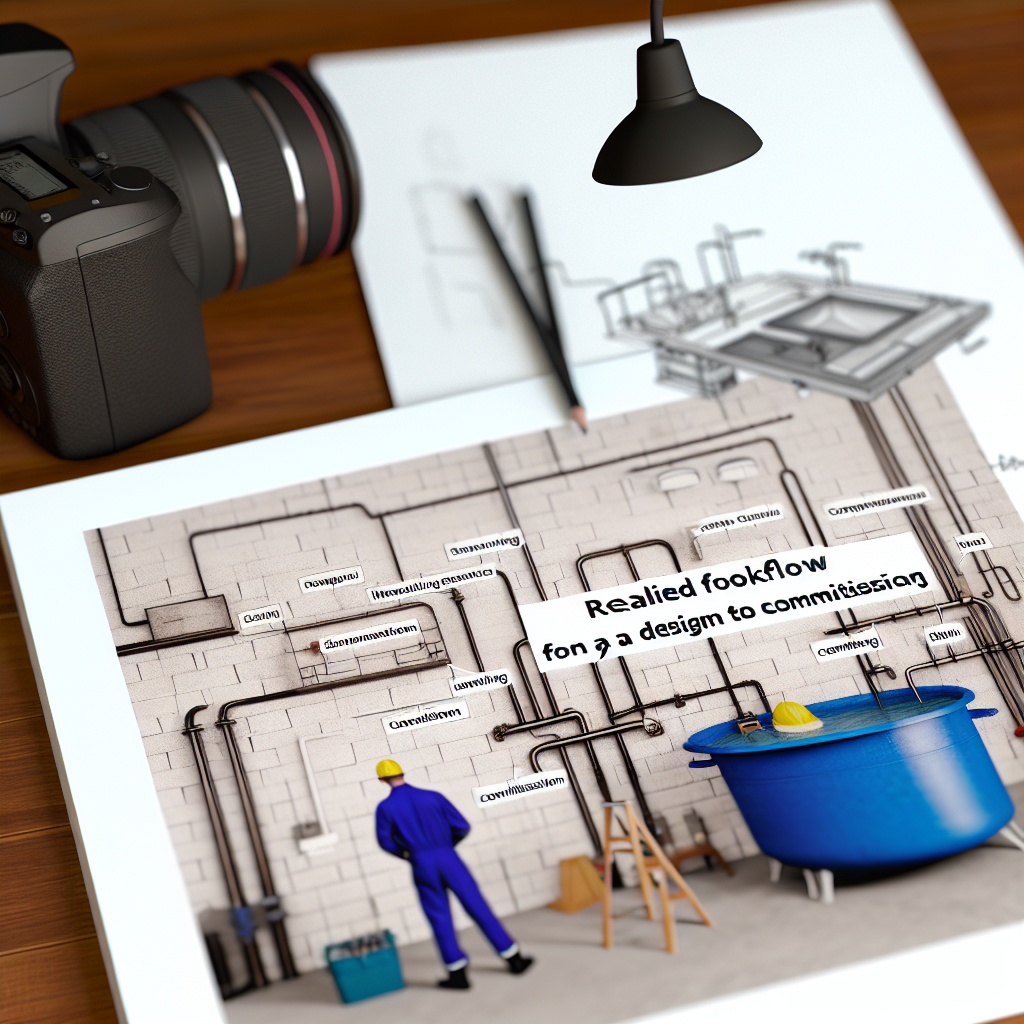For Mechanical, Electrical, and Plumbing (MEP) contractors, streamlining the transition from design to commissioning is crucial for project success. A unified workflow ensures efficiency, reduces errors, and enhances collaboration across teams. In this article, we explore how integrating design, planning, and execution phases creates a seamless process that benefits all stakeholders.
Integrating Design and Planning for a Cohesive Workflow
The foundation of a successful MEP project lies in the integration of design and planning phases. Traditionally, these stages have been siloed, leading to miscommunications and delays. Today, leveraging Building Information Modeling (BIM) and collaborative platforms facilitates a unified approach where architects, engineers, and contractors work concurrently on a dynamic digital model. This integration allows for early clash detection, precise spatial planning, and detailed visualization, minimizing costly on-site modifications later.
Key benefits of a synchronized design and planning process include:
- Real-time coordination across disciplines
- Reduction of design conflicts prior to installation
- Enhanced accuracy in material and resource estimation
- Streamlined change management and documentation
Implementing a unified digital workflow not only accelerates project timelines but also fosters transparent communication, ensuring that every stakeholder is aligned from the outset.
From Construction to Commissioning: Ensuring Seamless Execution
Once the design and planning stages are harmonized, focus shifts to execution and commissioning. This phase is critical for verifying that the installed systems comply with design intent, safety standards, and operational requirements. Utilizing digital twins and IoT-enabled sensors during construction helps monitor real-time performance, enabling proactive issue resolution and quality assurance.
Effective strategies in this phase involve:
- Comprehensive documentation of installation activities
- Conducting integrated testing and commissioning using digital tools
- Collaborative problem-solving to address on-site discrepancies
- Training and handover procedures supported by digital records
By adopting a unified digital approach, MEP contractors not only enhance the accuracy of system commissioning but also establish a reliable basis for ongoing maintenance and system performance optimization.
Conclusion
A streamlined workflow from design through to commissioning is essential for modern MEP contracting success. Integrating digital tools like BIM, real-time collaboration, and IoT sensors ensures smoother transitions between phases, reduces errors, and fosters better stakeholder communication. Embracing this unified approach ultimately leads to efficient project delivery, enhanced quality, and long-term operational excellence.
